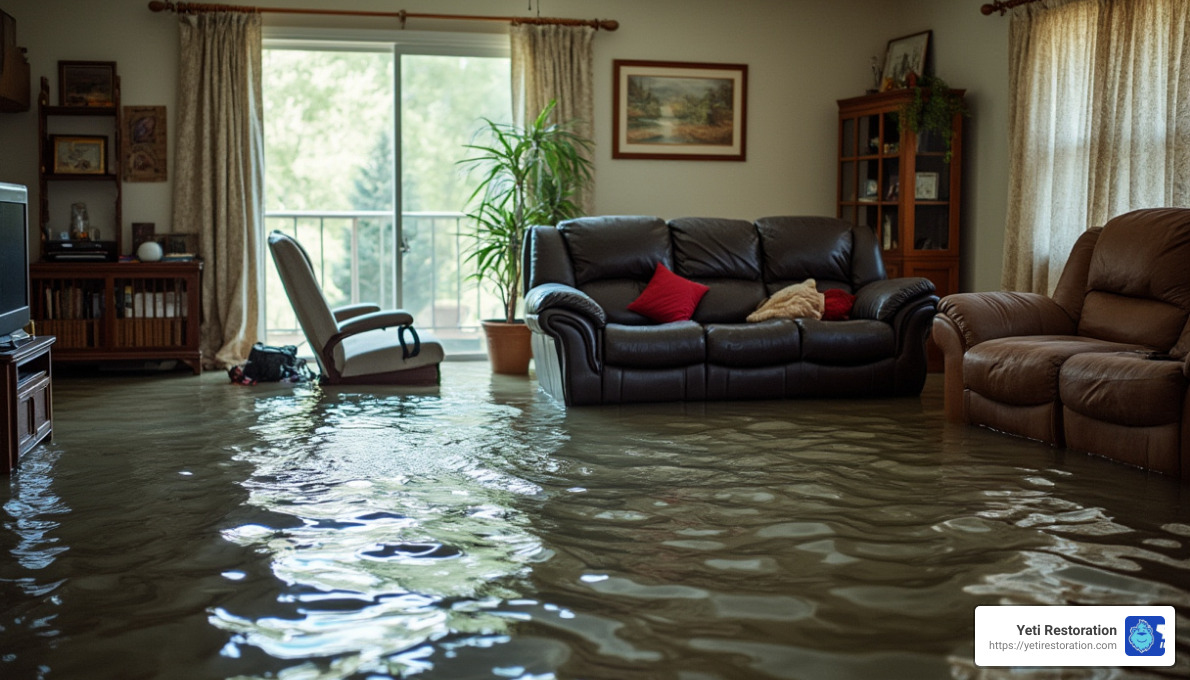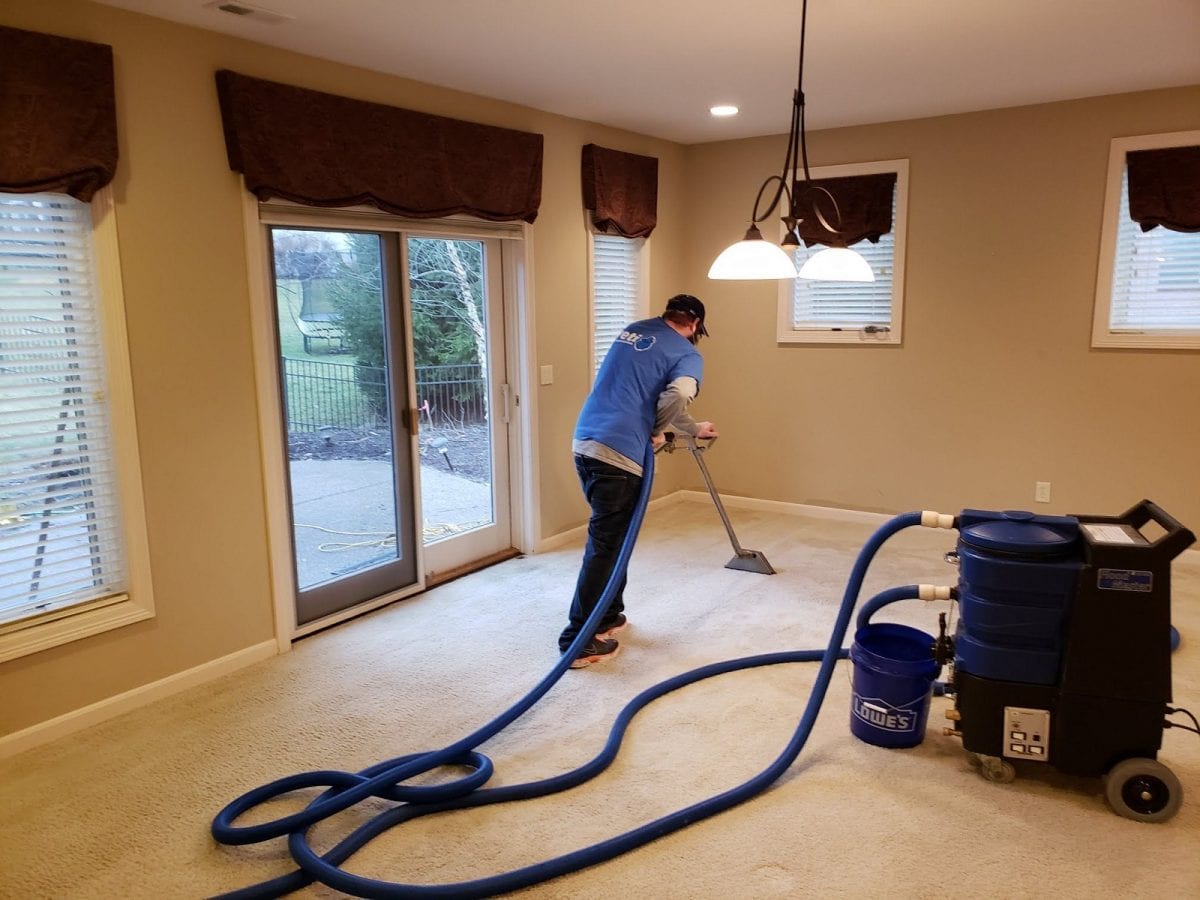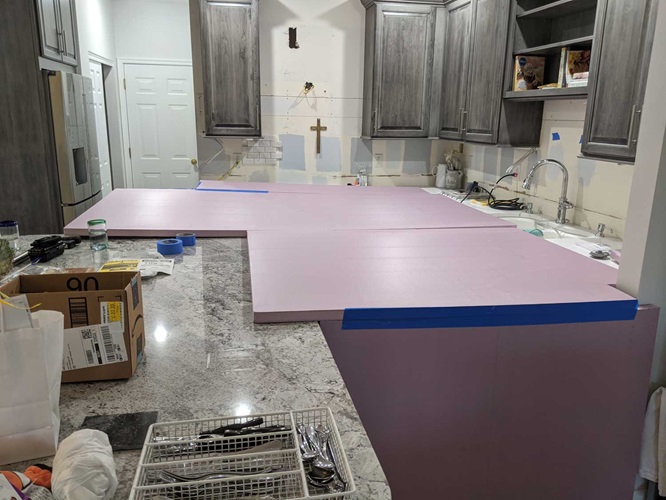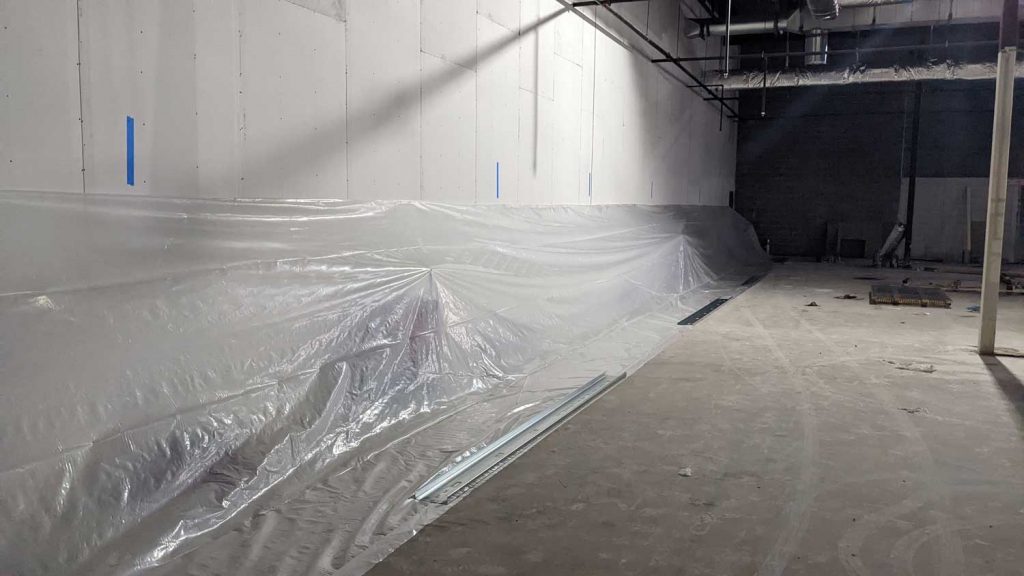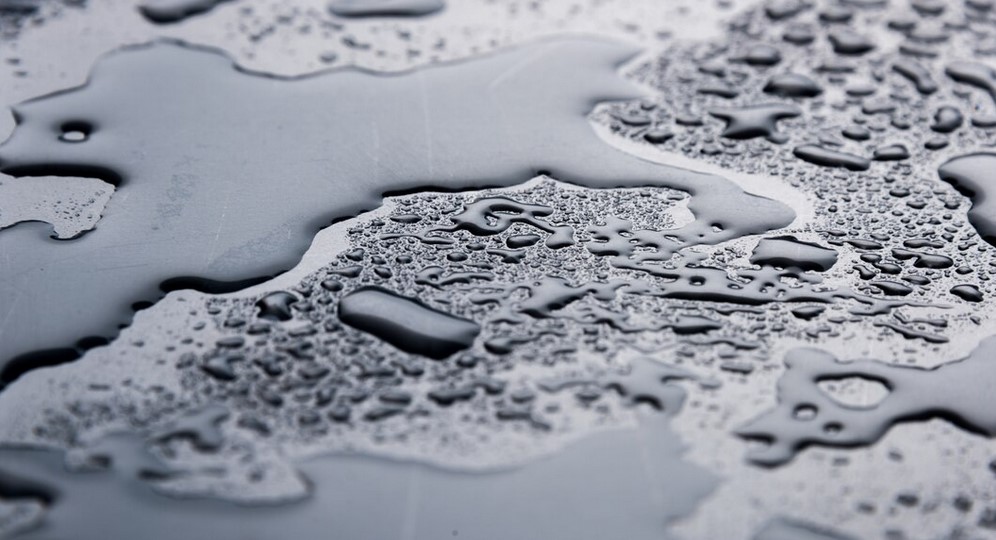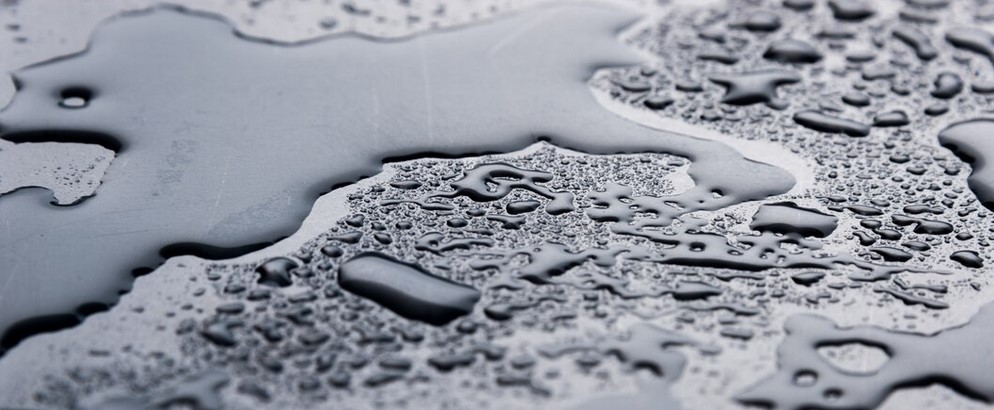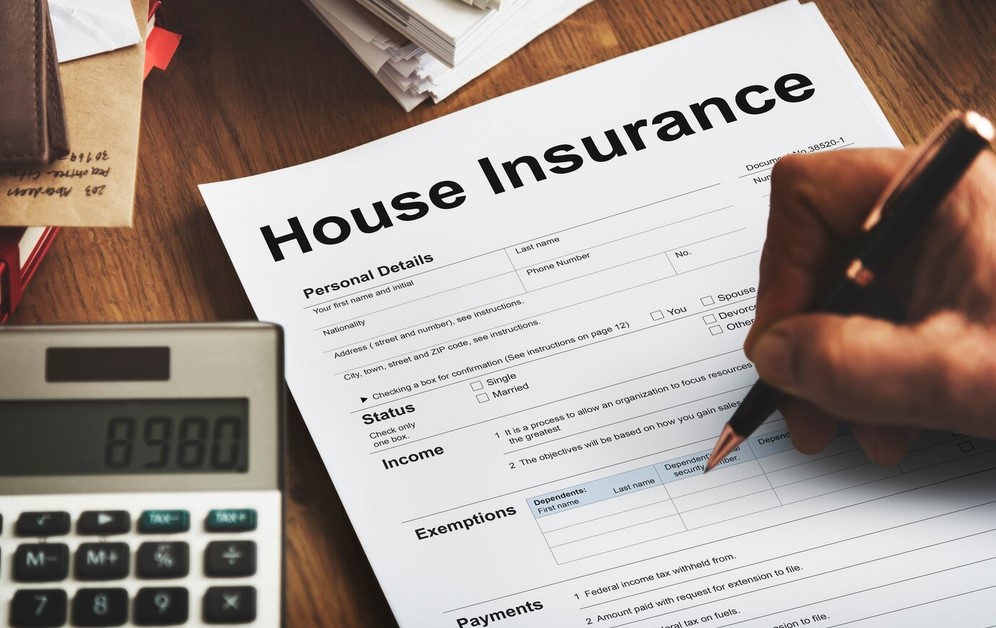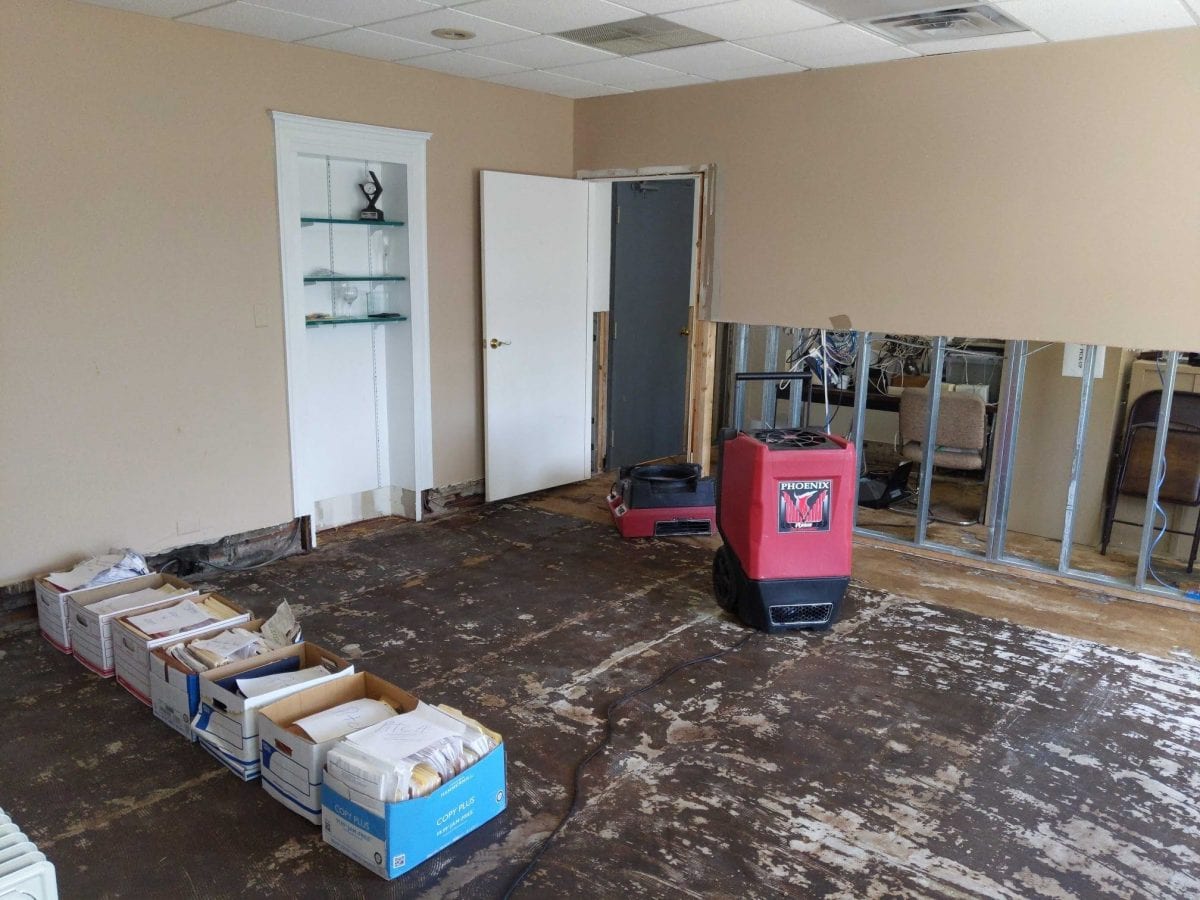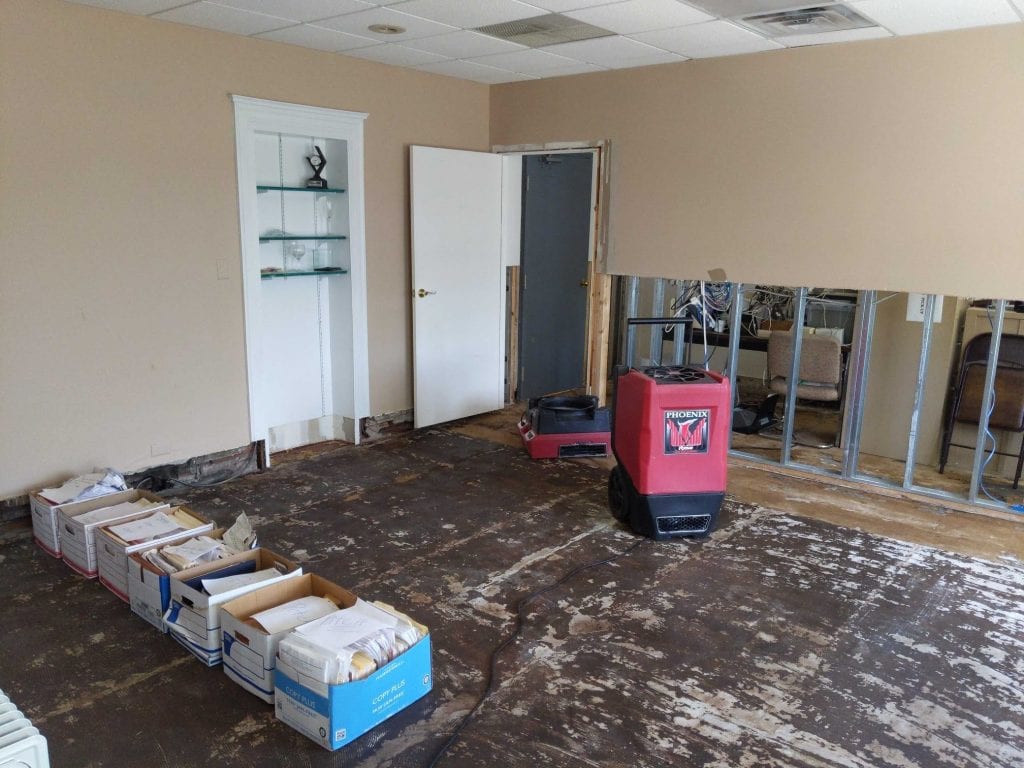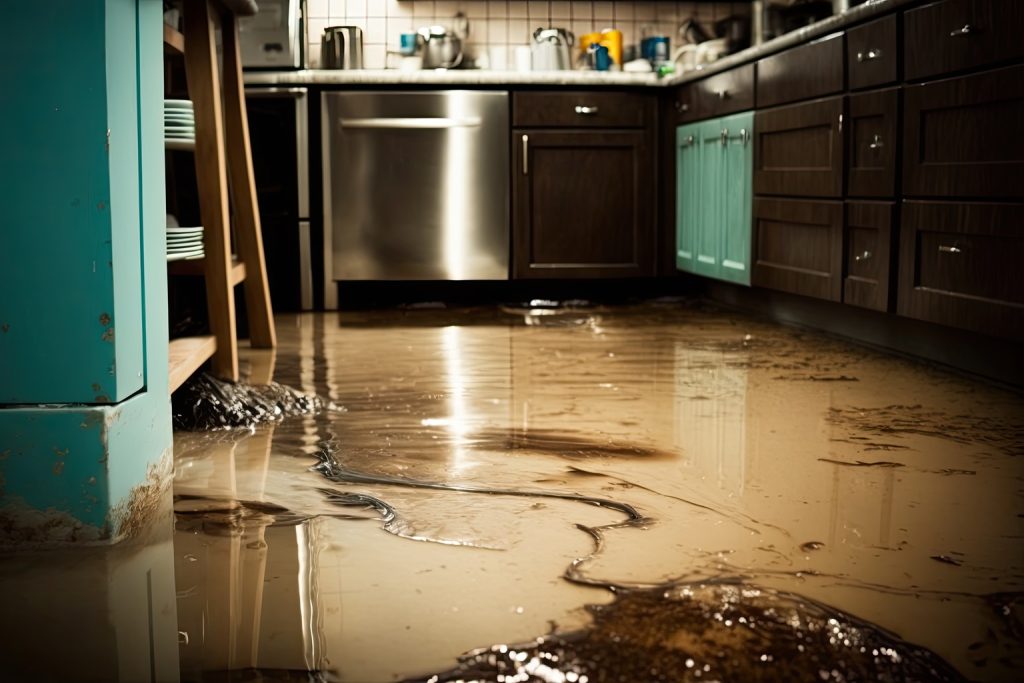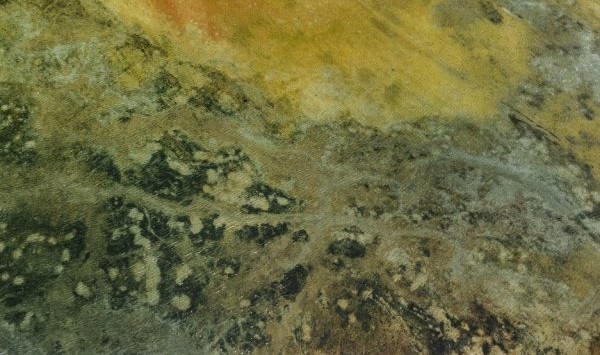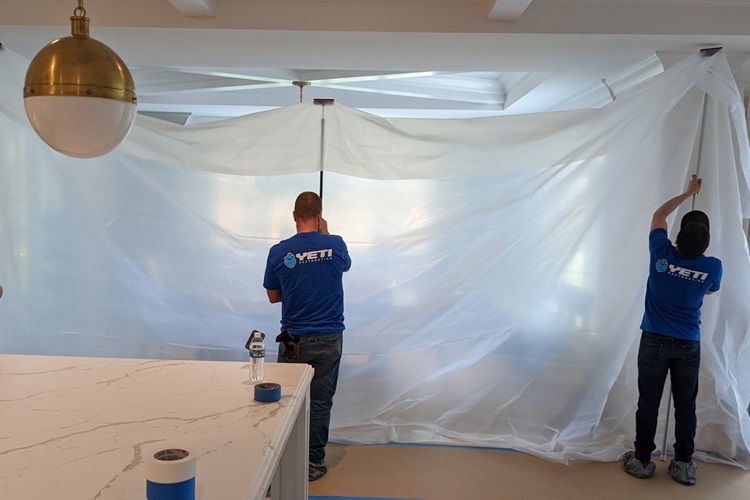Emergency water cleanup services are your lifeline when water damage strikes unexpectedly. They include rapid response teams, specialized equipment, and strategic procedures designed to mitigate destruction and restore your home to its original condition. Here’s what you need to know right away:
- Rapid Response: Quick action minimizes further damage and is crucial within hours of a water event.
- Professional Assessment: Trained experts evaluate the extent and type of water damage.
- Water Extraction: Powerful equipment removes standing water to prevent mold and further structural harm.
- Drying and Dehumidifying: Ensures all moisture is eliminated from the air and materials.
- Restoration: Returning your home to a habitable state with repair and reconstruction.
Having a water emergency disrupts your home and peace of mind, and knowing what steps to take can make all the difference.
As the CEO and owner of Yeti Restoration, I’m Matt Heinbaugh. With years of experience helping homeowners steer the challenges of emergency water cleanup services, I bring a wealth of knowledge and a commitment to excellent results and open communication. Let’s explore what you need to know in times of water-related crises to help restore normalcy and protect your investment.

Understanding Water Damage
Water damage can happen for many reasons, each requiring a different approach for cleanup and restoration. Let’s break down the causes, types, and contamination levels of water damage to understand how it impacts your home.
Causes of Water Damage
Water damage can originate from various sources, often catching homeowners off guard. Common causes include:
- Burst pipes: These can flood areas quickly, especially during freezing weather.
- Leaking appliances: Dishwashers, washing machines, and water heaters can fail, releasing water into your home.
- Natural disasters: Heavy rains, storms, or floods can lead to significant water intrusion.
- Sewage backups: These are not only damaging but also pose health risks due to contamination.
Types of Water Damage
Understanding the type of water damage is crucial for effective cleanup:
-
Clean Water Damage: This comes from sources like broken pipes or rainwater. It’s the least harmful but still requires swift action to prevent issues like mold.
-
Grey Water Damage: This involves water from appliances or sump pump failures. It may contain contaminants that require careful handling.
-
Black Water Damage: The most serious type, often involving sewage or floodwaters. It contains harmful bacteria and requires professional cleanup.
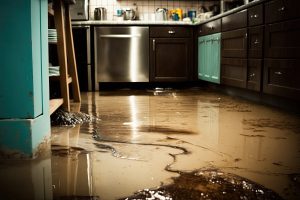
Contamination Levels
Water contamination levels determine the safety measures and cleanup techniques used. Here’s a quick look at each level:
- Category 1 (Clean Water): Safe at first but can become more contaminated if not addressed quickly.
- Category 2 (Grey Water): Contains some contaminants and poses health risks if ingested.
- Category 3 (Black Water): Highly contaminated and hazardous, requiring specialized cleanup.
Emergency water cleanup services are essential to address these issues promptly. They ensure that water is removed, areas are dried, and contaminants are handled safely.
Understanding the causes, types, and contamination levels of water damage is key to a swift and effective response. This knowledge helps in making informed decisions, reducing damage, and safeguarding your health and property.
Emergency Water Cleanup Services
When water damage strikes, time is of the essence. Quick response is crucial to minimize damage and reduce costs. That’s where emergency water cleanup services come into play. They provide a lifeline, offering immediate help to tackle the problem and prevent further issues.
Quick Response
In any water emergency, a delay of just a few hours can significantly increase the severity of damage. Quick action is essential. According to industry experts, “Immediate action is crucial. A delay of just a few hours can greatly increase the severity of damage.”

A fast response helps to:
- Prevent mold growth: Mold can begin to develop within 24-48 hours of water exposure.
- Reduce structural damage: Quick drying prevents water from seeping into walls and floors, reducing the need for extensive repairs.
- Minimize health risks: Fast cleanup reduces the chance of contaminants spreading.
Mitigation
Mitigation involves stopping the source of water and limiting damage. This stage is all about controlling the situation and preventing it from worsening. Key steps include:
- Water extraction: Removing standing water using industrial-grade pumps and vacuums.
- Dehumidification: Using specialized equipment to remove moisture from the air and affected materials.
- Stabilization: Ensuring the property is safe and secure to prevent further damage.
Restoration
Restoration is the process of returning your home or business to its pre-damage condition. This step may involve:
- Cleaning and sanitizing: Ensuring all affected areas are safe and free from contaminants.
- Repairs and reconstruction: Fixing damaged structures such as walls, floors, and ceilings.
- Final inspection: Ensuring all work meets industry standards and the property is safe for occupancy.
Emergency water cleanup services are more than just a cleanup. They are a comprehensive approach to ensuring your property is restored quickly and safely, protecting both your home and your health.
Next, we’ll dive into the cleanup process itself, detailing how water extraction, drying, and mold prevention work together to restore your space.
The Cleanup Process
Water extraction, drying, and mold prevention are the backbone of effective emergency water cleanup services. Each step is crucial to ensure your property is restored safely and efficiently.
Water Extraction
When a water emergency occurs, the first step is to remove standing water. This process is called water extraction. Using high-powered pumps and vacuums, professionals swiftly eliminate water from your space. This immediate action is vital to prevent further damage and reduce drying time.
Imagine a burst pipe in your home. Within minutes, water can seep into carpets, walls, and furniture. Quick extraction is the key to saving these items and reducing potential costs.
Drying
Once the water is extracted, the drying process begins. This step involves using industrial-grade dehumidifiers and air movers to eliminate any remaining moisture. Proper drying is critical to prevent mold growth and structural damage.
Experts use a method called the PuroClean QuickDry System™, which manages dehumidification and temperature to ensure the best outcome. This system helps dry materials like drywall, wood, and carpets quickly, often within three days or fewer.
Mold Prevention
Mold can start growing within 24-48 hours of water exposure. To prevent this, professionals apply antimicrobial treatments to affected areas. This step is crucial to ensure your home remains safe and healthy.
Mold not only damages the structure but poses health risks, especially for those with allergies or respiratory issues. Swift action in water extraction and drying plays a significant role in mold prevention.
By understanding and following the cleanup process, you can better protect your property from long-term damage. Next, we’ll explore why quick action is so important in minimizing damage and health risks.
Importance of Quick Action
When it comes to water damage, time is your enemy. The faster you act, the better you can protect your property and health.
Damage Timeline
Water damage is like a ticking clock. Within minutes, water can spread throughout your home, soaking everything in its path. Walls, floors, and furniture can absorb water rapidly. If not addressed quickly, the damage can escalate.
Within hours, water can cause swelling and warping in wood, ruin carpets, and damage electrical systems. The longer water sits, the worse the damage becomes. In just a day or two, mold can start to develop, leading to even more problems.
Cost Minimization
Quick action isn’t just about saving your belongings; it’s also about saving money. The longer you wait, the more expensive the repairs can become.
Immediate response can help minimize costs by preventing secondary damage. For example, quick drying can protect structural elements like floors and walls, reducing the need for costly replacements.
Health Risks
Standing water and moisture aren’t just bad for your home; they’re also bad for your health. Mold and bacteria thrive in damp conditions.
Mold can develop in as little as 24 hours, leading to health issues like allergies and respiratory problems. It’s especially dangerous for children, the elderly, and those with pre-existing health conditions.
By acting quickly, you can minimize exposure to these health risks. Professionals use specialized equipment and techniques to ensure your home is safe and healthy.
In the next section, we’ll dive into frequently asked questions about emergency water cleanup services, helping you understand what to expect and how to stay safe.
Frequently Asked Questions about Emergency Water Cleanup Services
When water invades your space, knowing what to expect can ease the stress. Here are some common questions about emergency water cleanup services.
What exactly does emergency water cleanup involve?
Emergency water cleanup is all about fast response and effective action. It starts with water extraction, where professionals use powerful equipment like truck-mounted and portable water extraction units to remove standing water. Next comes the drying process, using air movers and dehumidifiers to remove moisture from the air and surfaces.
Professionals also focus on mold prevention by applying anti-microbial solutions. They ensure that hidden moisture, which can lead to mold growth, is addressed. Thermal imaging cameras and moisture meters help find moisture in hard-to-see areas.
Safety measures are crucial. Experts wear protective gear and follow strict protocols to handle contaminated water safely. They assess the water damage category—from clean water to grossly contaminated water—and adjust their approach accordingly.
How fast should I expect a response?
Time is of the essence in water damage situations. Immediate response is key to minimizing damage. Yeti Restoration understands this urgency and offers 24/7 availability. In most cases, you can expect professionals to arrive within two to four hours of your call.
This rapid response helps stop further damage. It prevents water from seeping deeper into your home’s structure and reduces the risk of mold growth. Quick action can save both time and money in the long run.
What should I avoid doing after water damage?
After water damage, it’s natural to want to jump in and fix things. However, there are some safety tips and common mistakes to avoid:
-
Don’t enter flooded areas if there’s a risk of electrical shock. Always ensure the power is off before entering.
-
Avoid using household vacuums to remove water. They aren’t designed for this purpose and can cause electrical hazards.
-
Don’t open doors or windows during the drying process. Professionals use a “closed drying system” to control the environment effectively.
-
Refrain from touching contaminated water. It can carry harmful bacteria and pathogens. Leave the cleanup to the professionals.
By knowing what to expect and what to avoid, you can steer the aftermath of water damage more confidently. In the next section, we’ll explore the conclusion and how Yeti Restoration stands out with its exceptional service.
Conclusion
When it comes to tackling water damage, Yeti Restoration is more than just a service provider. We are a family-owned business committed to helping our community in Cincinnati, OH, and the Dayton metro area. Our approach is personal and caring, not a cookie-cutter franchise model.
Exceptional customer service is at the heart of what we do. We understand that dealing with water damage can be stressful and overwhelming. That’s why we prioritize clear communication, empathy, and support throughout the entire cleanup process. Our team is always ready to answer your questions and guide you through each step.
Our non-franchise approach allows us to offer a level of personalized service that larger companies often can’t match. We treat every home and business as if it were our own, ensuring that you receive the attention and care you deserve.
With a focus on quick response times and expert mitigation, Yeti Restoration is dedicated to restoring your property and peace of mind as swiftly as possible. If you ever face a water emergency, we’re just a phone call away.
For more information on how we can help you, visit our Water Damage Restoration page to learn more about our services and how we can assist you in your time of need.

